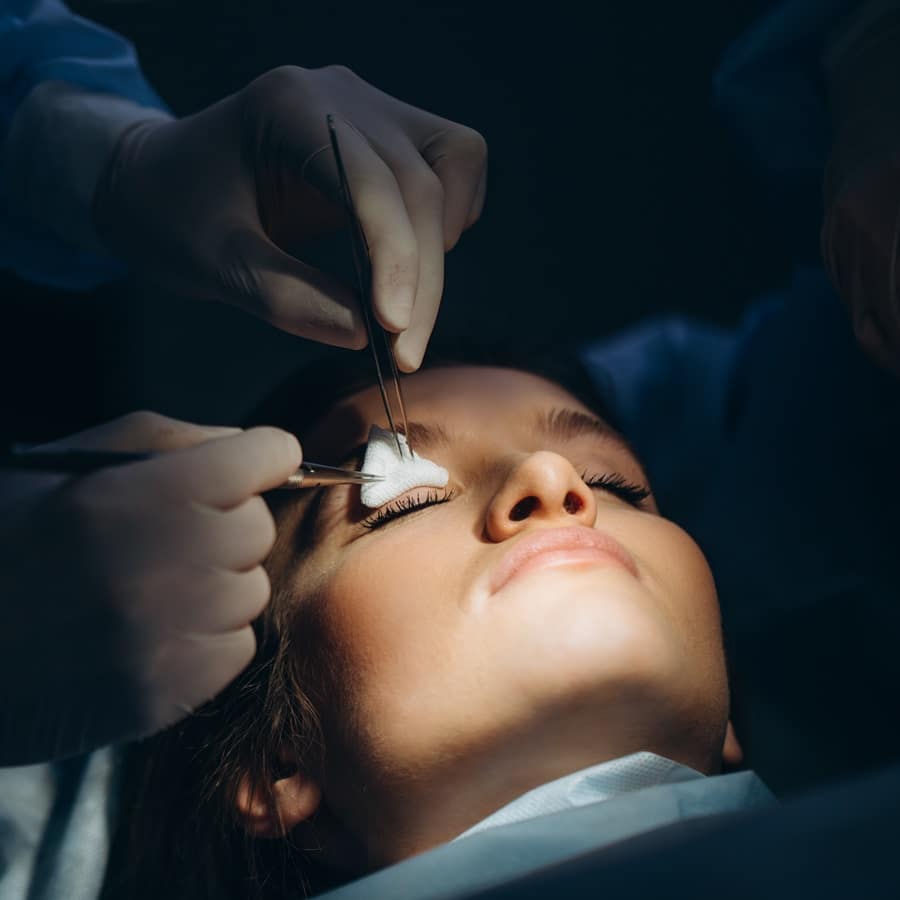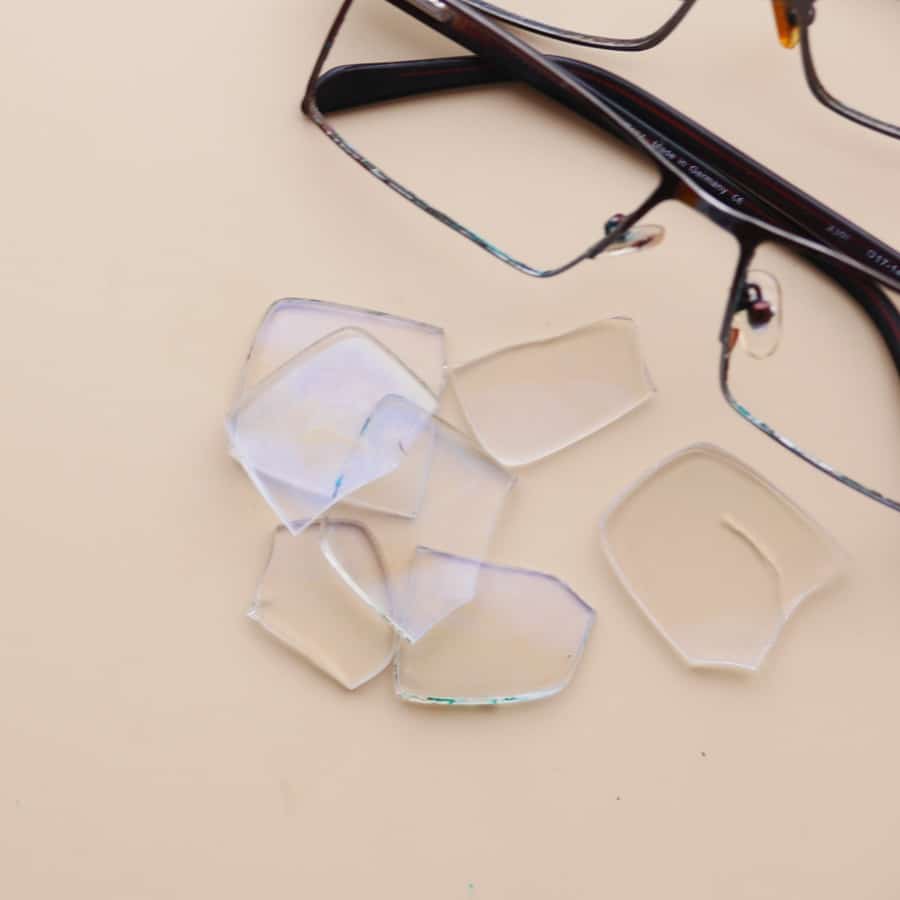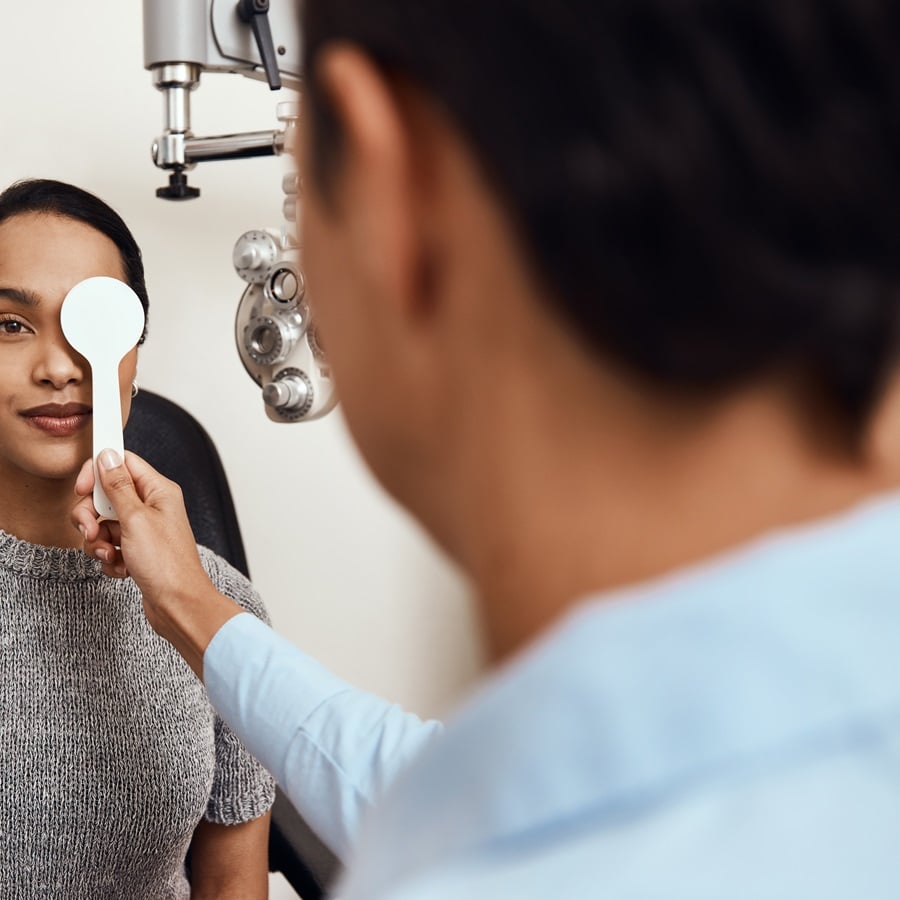Does LASIK Eye Surgery Hurt? (Is LASIK Painful )
What is LASIK Eye Surgery?
LASIK, or Laser-Assisted In Situ Keratomileusis, is a cutting-edge surgical procedure designed to correct common vision problems such as nearsightedness (myopia), farsightedness (hyperopia), and astigmatism.
LASIK aims to reduce or eliminate the dependence on glasses or contact lenses by reshaping the cornea, the clear front part of the eye, using a laser.
How LASIK Works
- Creating a Flap: During LASIK, a small, hinged flap is made on the cornea, exposing the underlying tissue.
- Laser Reshaping: A specific excimer laser precisely removes a predetermined amount of corneal tissue, reshaping it to correct refractive errors.
- Flap Repositioning: The corneal flap is meticulously repositioned, serving as a natural bandage and facilitating rapid healing.
Why Do People Think That LASIK Hurts?
Despite its proven effectiveness, the fear of pain associated with any surgical procedure often leads people to question the comfort level of LASIK. It’s crucial to dispel these concerns and understand the measures to ensure a pain-free experience.
Anesthesia And Sedation During LASIK Eye Surgery
Anesthetic Eye Drops
Before the laser treatment begins, numbing eye drops are administered to ensure the entire procedure is painless. This is a critical factor in debunking the myth of LASIK being a painful process.
Sedatives
To alleviate anxiety and enhance patient comfort, mild sedatives may be offered. These medications induce a relaxed state without causing pain.
General Anesthesia
It’s important to note that LASIK is not performed under general anesthesia. Patients remain conscious throughout the procedure.
If It Doesn’t Hurt, Then How Uncomfortable Is LASIK?
While LASIK is generally not painful, some patients may experience minor discomfort or pressure during the surgery. This is temporary and typically lasts for the short duration of the procedure.
Does LASIK Hurt After Surgery?
After surgery, any discomfort is brief and minimal. Patients may express a gritty or burning sensation, effectively alleviated with prescribed medications.
Post-LASIK Eye Care Tips
To ensure a smooth recovery and minimize any potential discomfort, adhere to these post-LASIK eye care tips:
- Follow Medication Instructions: Take any prescribed medications as directed by your surgeon.
- Avoid Rubbing Your Eyes: Prevent irritation by refraining from rubbing or touching your eyes.
- Use Prescribed Eye Drops: Apply recommended eye drops to aid healing and prevent dryness.
- Protect Your Eyes: Protect your eyes from harsh sunshine and dust by wearing sunglasses.
What to Do?
- Attend Follow-Up Appointments: Keep scheduled follow-up appointments with your eye surgeon to monitor your progress.
- Resume Normal Activities: Most patients can return to their daily routines within a day or two.
What not to Do?
- Avoid Strenuous Activities: Refrain from intense physical activities for a short period as advised by your surgeon.
- Skip Swimming: To reduce the risk of infection, avoid swimming pools or hot tubs for a few weeks.
In conclusion, LASIK is a remarkable advancement in eye care, offering a virtually painless solution to correct refractive errors and improve vision. Understanding the procedure and debunking myths surrounding its discomfort are essential steps toward making an informed decision about LASIK.







